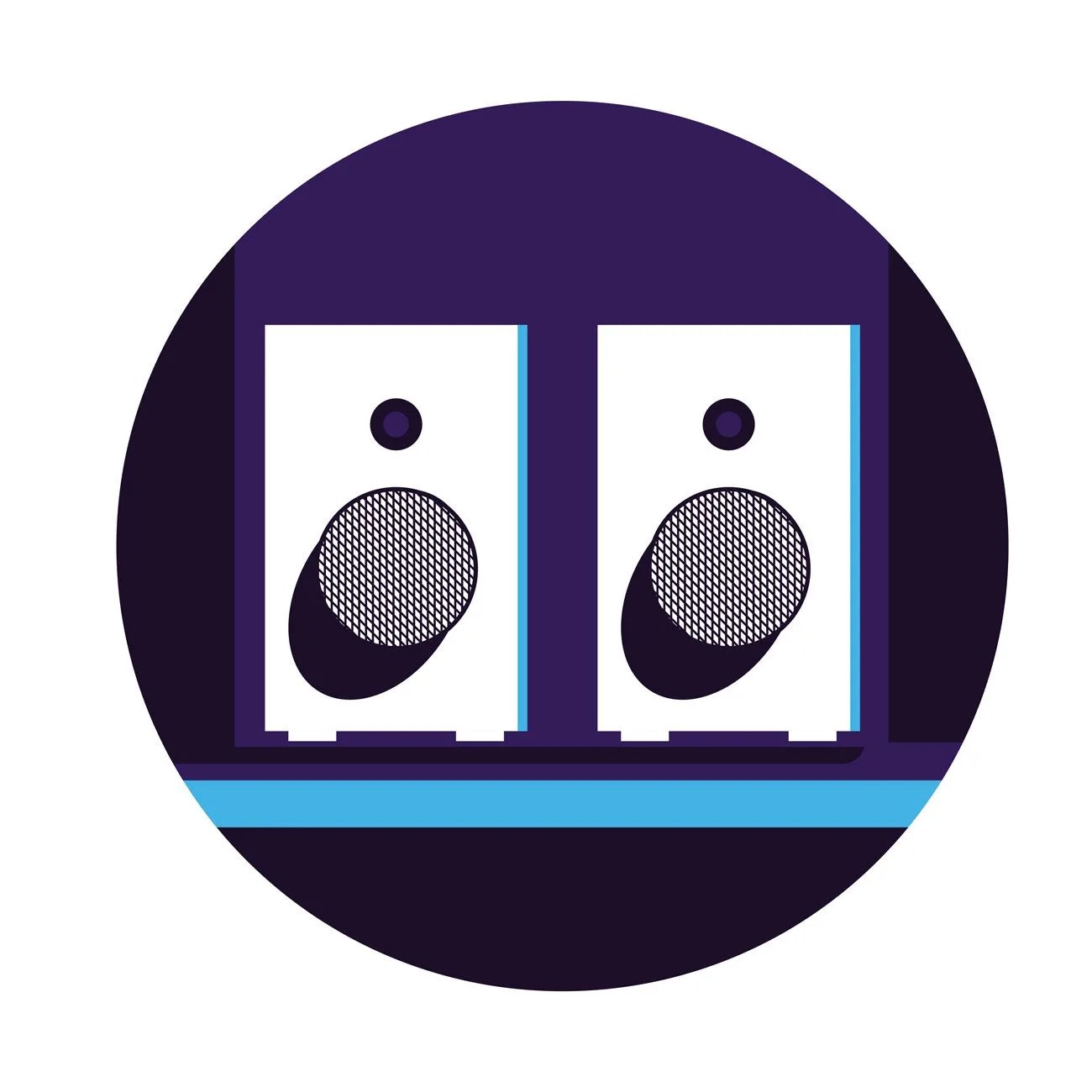From Issue Six of Gear Patrol Magazine.
Discounted domestic shipping + 15% off in the GP store for new subscribers.
For beloved audio brands that rely on pedigree and performance to maintain their elite status in the audio realm, the threat of smart speakers from Amazon, Google and Apple that tout convenience over performance alone has never been more severe.
Not long ago, you might have scoffed at the idea of Amazon or Google being audio companies, but both have become primary contenders in the heavyweight bout for the best voice-activated speakers — smart speakers in techno-babble parlance. Amazon, with its Echo speaker, and Google, with its Google Home lineup, have sold tens of millions of smart speakers since their introductions, and there’s no sign of the trend relenting; Amazon sold 22 million of its Echos in 2017 alone. And now that Apple has entered the fray with the HomePod, another tech Goliath has joined the game, fueling even more smart-speaker sales. Canalys, a leader in global technology market analysis, estimates that 56.3 million smart speakers will be sold in 2018. Basically, smart speakers are flooding the zone.
More high-quality, highly functional speakers? What’s wrong with that?
For a consumer, this is good news. There are many options to choose from and likely more to come, which means more competition. And competition among tech brands breeds better products. A larger existential question looms, though: how will the influx of smart speakers affect traditional, beloved portable-speaker powerhouses like Bose, Bowers & Wilkins, Ultimate Ears and Bang & Olufsen? At first glance, the outlook doesn’t look great.
The solution that many of these speaker companies are resorting to follows the old adage: if you can’t beat them, join them.
When Amazon first introduced its Amazon Echo back in 2014, the company didn’t market it as a high-performing speaker. Instead, it served as an important beachhead for Amazon’s voice assistant, Alexa — a listening device that was all about the convenience factor. For the first time, all kinds of information, like music, home control options and commerce abilities, were available with a simple voice command. It aligned perfectly with Amazon’s modus operandi of being incredibly convenient for customers. It also made home audio more accessible by offering speakers at an entry-level price point.


